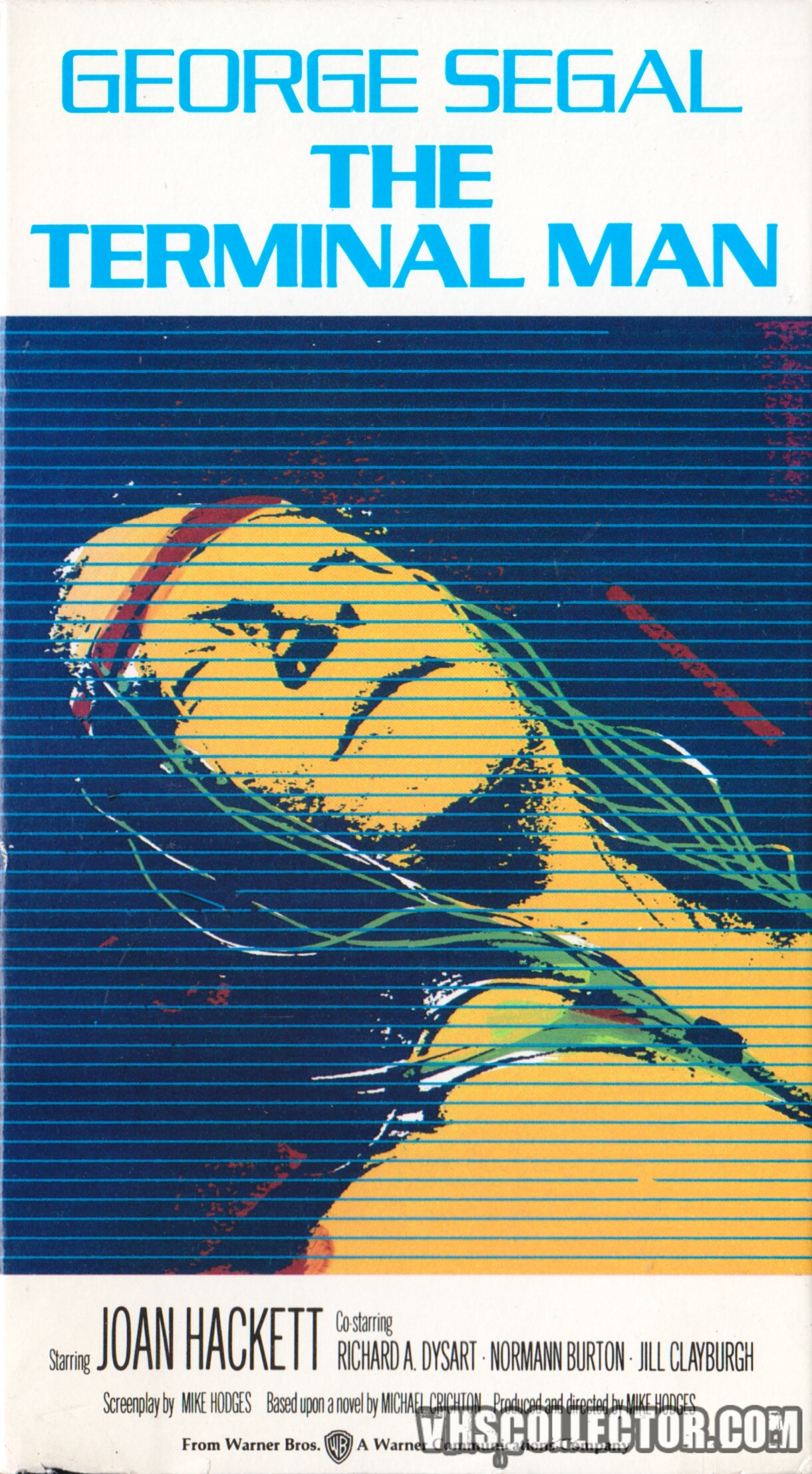
Your images make me understand what an image is, not a pretty picture but something that should pierce one through like an arrow and speak in a language all its own." Alternate versions You achieve moods that I’ve never experienced in the movies before, though it’s only in hope of finding them that I keep going. The director Terrence Malick wrote to Hodges expressing how much he loved watching The Terminal Man, saying "I have just come from seeing The Terminal Man and want you to know what a magnificent, overwhelming picture it is. After explaining the situation, and how the film required a different marketing campaign, Kubrick interrupted with, “I’ve already seen it and it’s terrific.” Stanley Kubrick was a Hodges admirer – “Any actor who sees Get Carter will want to work with him.” When Mike Kaplan, a Warner Bros international marketing executive, attempted to override Warner Bros' decision not to release the film in Britain, he sought Kubrick’s help. But this role gives him little chance to act, beyond making like a Zombie and rolling his eyeballs back." Nora Sayre gave the film a negative review in The New York Times, describing it as dull and slow: "George Segal's resilience, humor, and versatility have redeemed quite a few bad scripts. He is terribly good in it and, now that his career is not too top heavy with comedy, you can see him purely as an actor – and a good one." I liked the fact that it was unusual casting. At that time, he was known as a light comedian, but I wanted him for the film. I think people had a problem accepting George Segal in the lead role. American audiences found the film too uncompromising, too tough to take. They projected it without sound for the first 10 minutes, which was excruciating. The Terminal Man, though not released in the UK, was successful in Japan and, according to Hodges, the film was dumped in the United States, receiving very limited screenings. I can remember snipping my film down to match the loneliness that Hopper had captured." Reception There was the loneliness of urban America on every page. Something made me pick up a book of his paintings in Pickwick's bookshop on Hollywood Boulevard. “The American painter Edward Hopper was relatively unknown here in those days. The film was influenced by the work of Edward Hopper. When preparing the film, Hodges originally wanted to shoot in black and white but the studio would not let him. The film was shot in Los Angeles and Burbank Studios, with the Forest Lawn Cemetery and the Ennis House serving as locations in the film. "I don't think they gave it a chance," said Crichton later. felt he had departed from the source material too much and had another writer adapt it. The film ends with some doctors opening a peephole looking into the camera and telling the audience that they are next for the medical procedure.Ĭrichton was originally hired to adapt the novel himself in 1971, but Warner Bros. Ross arrives and pleads with Benson to allow her to help him but is held back as a police helicopter shoots him as he attempts to raise his gun. A procession walking towards the grave notice him in the grave with a gun and alert the authorities.

Benson goes to a cemetery where he falls into a freshly dug grave. He does become unpredictably violent, but his intact intelligence allows him to evade the police for a considerable time, at one point confronting Ross in her home. Just before Ross realizes what is happening, Benson escapes from the hospital.

When they become continuous, Benson will be in a permanent blackout, with the violent behavior that goes with it. The seizures are initiating at increasingly shorter intervals. Two days after the operation, it becomes apparent that his brain is now addicted to the electrical impulses. The surgery does initially appear to be a success.īenson's psychiatrist, Janet Ross, opposes the procedure, concerned that once the operation is complete, Benson will suffer further psychosis as a result of his person merging with that of a computer, something he has come to distrust and disdain.

Stage Three requires surgeons to implant electrodes in his brain, which will detect the onset of a seizure and then use an electrical impulse to stop it. He also suffers from delusions that computers will rise up against humans.īenson suffers from Acute Disinhibitory Lesion syndrome and consents to an experimental psychosurgical procedure known as "Stage Three". He often has seizures that induce blackouts, after which he awakens to unfamiliar surroundings with indications of violent behavior on his part. Harry Benson, an intelligent ( IQ 144) computer scientist in his 30s, suffers from epilepsy.


 0 kommentar(er)
0 kommentar(er)
